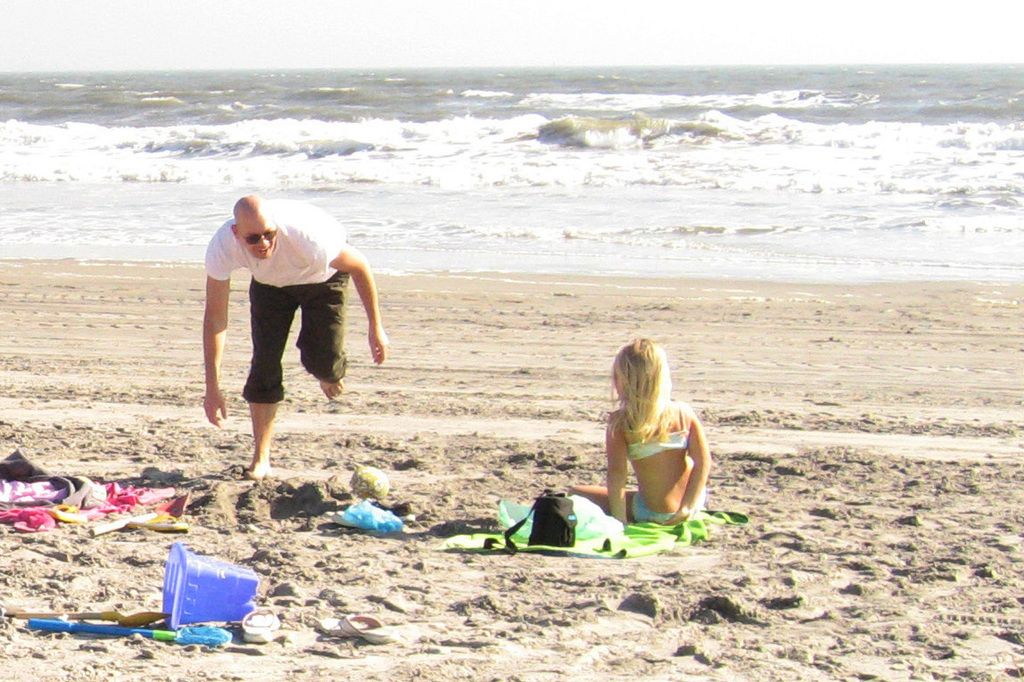Forecast for the year 2025: What went wrong?
Latest years started each year with growing expectations of a significant slowdown in the Russian economy. This year was no exception. In fact, after a slowdown in industrial production growth from June to September 2024, and under the influence of persistent talk about the overheating of the Russian economy, a nearly unanimous consensus emerged: by the end of the year, economic growth would inevitable slow down, and this trend would continue in 2025. However, the data published at the beginning of February showed that these pessimistic forecasts were greatly exaggerated. The unexpected acceleration of industrial production growth in October (5.2%) followed by a moderately expected November growth (3.5%) and an astonishing result in December (8.2%) made up for nearly a double-digit increase in the quarterly growth of industrial production (5.7%) compared to 2.9% in the third quarter of 2024. Annual growth figures (4.6%) also surpassed the previous result (4.3%). It was time to talk about the emergence of a trend of accelerating industrial and economic growth in Russia, optimists wiped their hands, looking forward to closing the current year on growth levels of economic dynamism at least as high as those of the previous two years.
But something went wrong. All it took was to wait for the February 2025 results to realize that the Russian economy is plummeting rapidly.
Could the experts of the Central Bank have been right, and the overheating of the economy was actually the cause of its sudden retreat?! Maybe we'll have to agree with this, if it is not possible to explain the rapid slowdown of economic growth by other factors.
Alternative Perspective
The basic thesis in the Central Bank's argumentation is the claim that virtually all available reserves of labor and productive capacity have been exhausted.
However, this thesis is at odds with the statistics: according to Rosstat, the utilization of capacities in the manufacturing sector in 2024 was only 61%, and even less in the mining industries - 57%.
Moreover, recent research in the field of labor balance indicates significant reserves of releasing labor in the service sector and construction, as well as potential for labor productivity growth.
Furthermore, the reaction of the economy to sudden surges in demand, including the end of 2024, also contradicts the hypothesis of exhaustion of the main factors of production.
Indeed, it seemed that the predominantly seasonal surge in production in December 2024 was so significant that it could not be explained without resorting to the mobilization of reserve capacities in the Russian economy, about which there was no talk and no thought that there had been one only lazy. And yet they (the diligent ones) were wrong again: given the volumes and pace of capital investments we had in 2023-2024, the net increase in capacity, taking into account its growing productivity, not only compensated for the additional involvement of capacities in the production process, but also created a basis for further expansion of output. The acceleration of the growth of industrial production and the very possibility of a monthly surge of 8% allow us to speak of the preservation and even subsequent increase in the reserve capacities of the industry in the considered period.
At the same time, the manufacturing industries, in their growth dynamics and the rapidly expanding diversity of their produced products, are increasingly breaking away from the mining industries, which is not surprising: after all, that's how the economy of growth should work.
It seems that a stable, sustainable growth economy has already been created in Russia in 2023-2024, and it is working successfully. However, today we see that, under the veil of the legend of a "soft landing," it is suddenly beginning to collapse unexpectedly for many.
Digging Deeper
However, it would have been nice to understand: if the reasons for the sudden collapse of the growth economy, as we believe, are not a deficit of capacities or labor, then what is forcing the Russian economy to fall so rapidly? What are the factors and what is their contribution to the sharp slowdown of economic growth in Russia?
Perhaps we cannot answer these questions without a specialized macroeconomic model construction. At the same time, in this relatively general article, it seems inappropriate to describe the model and its individual equations in detail. Nevertheless, it is important to show the main interactions and their direction. This can be done with the help of a diagram of the main interactions in the economy, which we present for the judgment of the reader. The diagram reflects the most important interactions in the formation of economic growth and inflation.
In general, from the analysis of its structure, it is clear that the model is based on data on the use of GDP in constant and current prices, budget statistics, and the balance of population income and expenditure.
Main exogenous variables used in the model:1. Inflation dynamics in the United States.2. Prices for Urals crude oil.3. Population of the Russian Federation.4. Central Bank Key Rate.5. Dynamics of tariffs of natural monopolies.6. Dynamics of Russian exports.7. Dynamics of nominal budget expenditures of the consolidated budget.8. Corporate income tax rate.9. Personal income tax rate.
The important feature of the used modeling construction is that it was calibrated and normalized on data for 2023-2024 in such a way that the values calculated by the model correspond as closely as possible to actual reported values. Established relations were extended beyond this period for the entire period up to 2030. Therefore, in some sense, the mechanism of economic growth (within the accuracy of numerical values of exogenous variables) in the forecast period within the framework of this model is similar to the mechanism that emerged in 2022-2024.
Possibilities of the Toolkit
The available toolkit allows us to, among other things, evaluate the performance of the same growth mechanism at the government and Central Bank economic policy in 2025 and short-term future. As a result, we will be able to understand whether the observed slowdown of economic growth in the last few months is a natural consequence of the mechanism of growth that formed in 2023-2024, the adopted budget measures and the emerging external conditions.
We can also evaluate the contribution of the main controlling variables to the change in the rate of economic growth.
Secondly, we can answer the sacred question: was it possible for economic growth in 2025 to be at the level of around 4%?
And fourthly, based on the results of scenario analysis, we can evaluate when and under what conditions the restoration of an acceptable level of economic growth in Russia can be expected.
- Despite the initial pessimistic forecasts, the Russian economy exhibited unexpected acceleration in industrial production growth towards the end of 2024, raising questions about the overheating hypothesis.
- In the quest to identify the factors causing the rapid slowdown of economic growth, it might be necessary to look beyond the capacity and labor reserves, possibly requiring the development of a specialized macroeconomic model for a more comprehensive analysis.






